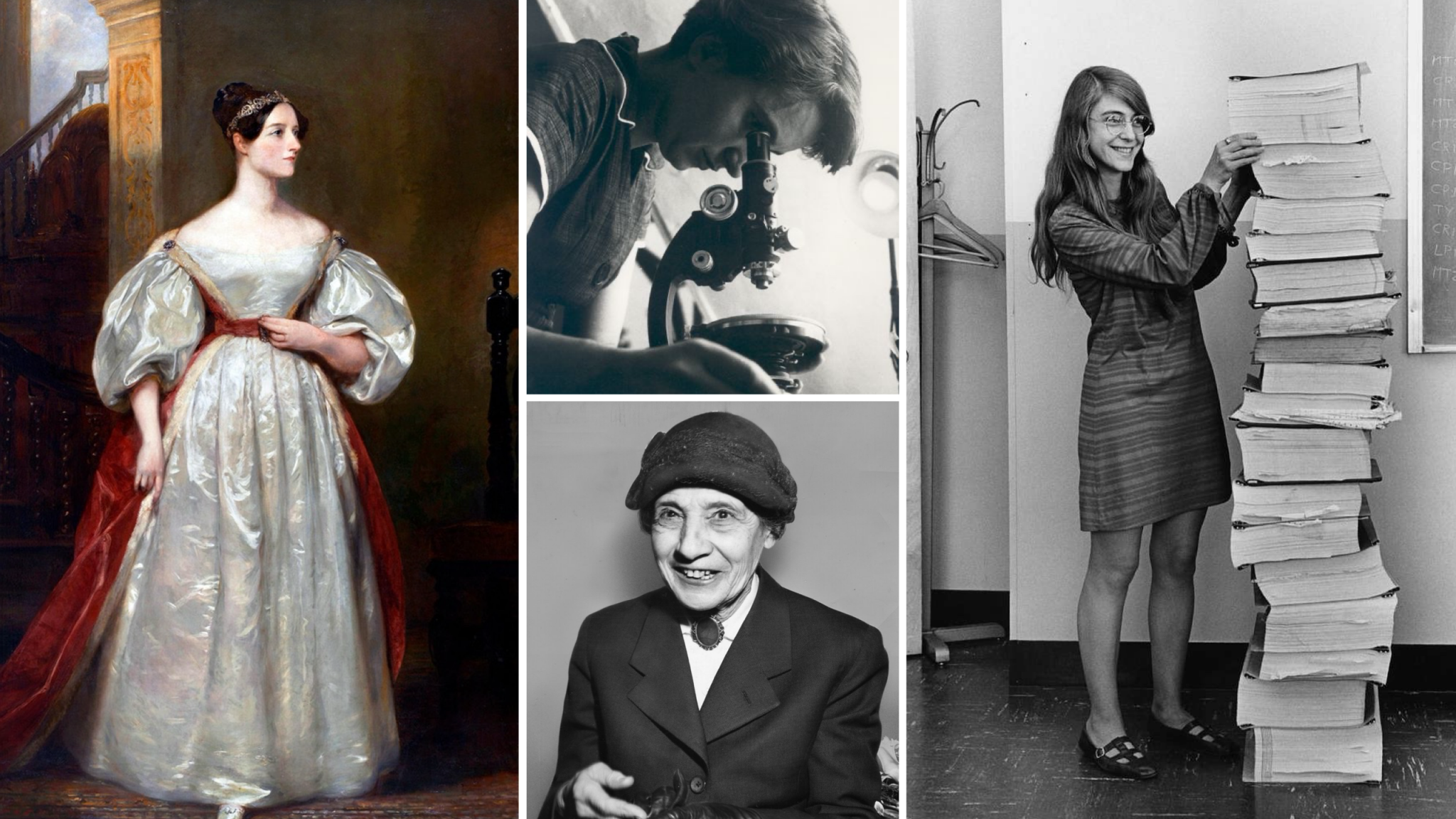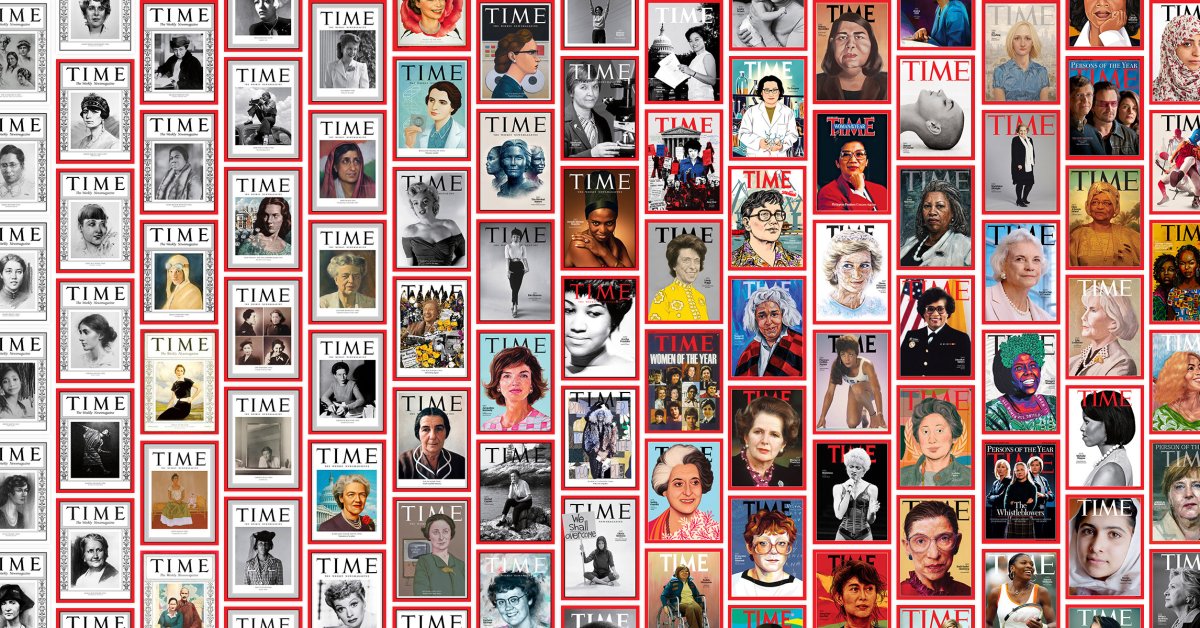When God created the Earth, there were discussions throughout the construction and creation process. Whether the elephant should have a trunk was debated for over a week. Whether giraffes should indeed have such long legs took even three weeks. Whether the lion or the leopard should have spotted fur was a major topic. God and Jesus argued about it for two days. Even the point of whether palms should be green or possibly orange sparked debates. And then came the all-important creation question: who should bear the children, women or men? How long did this discussion last? Not even 5 seconds. The answer: Women, of course. Generally. Applicable to all living beings in the world. From rhinos to gorillas. From hares to humans. Women will bear the responsibility for the success of creation. Period. After that, they discussed the clams in the sea again.
With this decision — as significant as it is—men can live well. After all, they are the explorers, conquerors, and inventors. Those who advance, explore, and improve our world. From Columbus to Steve Jobs. However, upon closer examination, one must realize that women are also pioneering geniuses in their supposed domain. And not just since yesterday, but forever. However, these geniuses did not expose themselves as boldly. They were not immediately sent through the lecture halls and later television studios of the world, possibly because they were also mothers on the side. Perhaps because men downplayed the role of women as technical, scientific geniuses and wanted to sell it off as a coincidence. Anyway. To start cleaning up here, here’s a little warm-up with 10 classic women who changed the world.
Rosalind Franklin (1920-1958): The discovery of the DNA double helix earned molecular biologists Francis Crick and James Watson the Nobel Prize in Medicine. However, neither Watson nor Crick confirmed the theory of DNA structure; it was the chemist Rosalind Franklin.
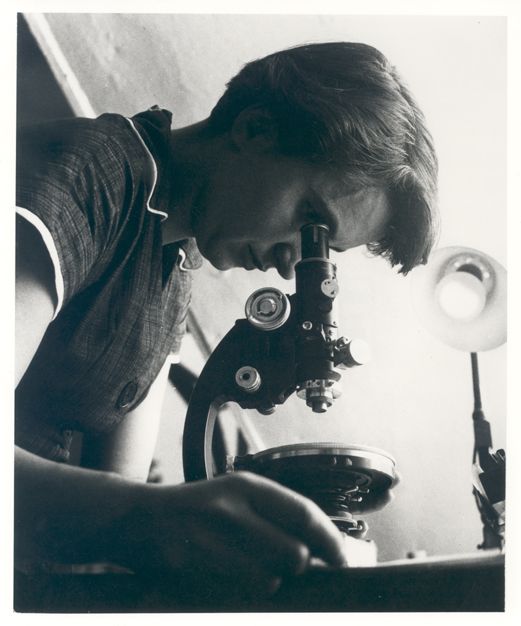
Rosalind Franklin’s work earned Nobel Prizes – but not to her. © Credit: Rosalind Franklin by Jenifer Glynn is licensed under CC BY 4.0
Ann Tsukamoto (*1952): We also owe one of the most significant advances in cell medicine to a woman. In 1991, American Ann Tsukamoto, along with a small team of scientists, succeeded in isolating stem cells. This method enables doctors and scientists today to significantly better explore cancer and other incurable diseases.
Grace Hopper (1906-1992): With her ideas for simplifying programming languages, computer scientist Grace Hopper played a crucial role in making computers accessible to an ever larger audience. In 1945, the US-American programmed the Harvard computer “Mark 1” and in 1952 developed the first functional compiler, which translated written language into computer coding “0” and “1”. She also coined the term “bug”, which is still used today to refer to computer errors.
Stephanie Kwolek (1923-2014): As a young scientist, Stephanie Kwolek researched lighter materials for car tires in the experimental laboratory of the chemical company DuPont. In doing so, she discovered the basis for the synthetic fibre Kevlar in 1964. Kevlar is very light, acid-resistant, fireproof, and five times stronger than steel.
Lise Meitner (1878-1968): Lise Meitner obtained her doctorate in physics from the University of Vienna in 1906 as one of the first women, and was appointed as Max Planck’s assistant to the Institute for Theoretical Physics at the University of Berlin in 1915. Here she met Otto Hahn, with whom she researched radioactivity for decades. The friends also discovered nuclear fission together in 1938, although Otto Hahn alone received the Nobel Prize in Physics for it.
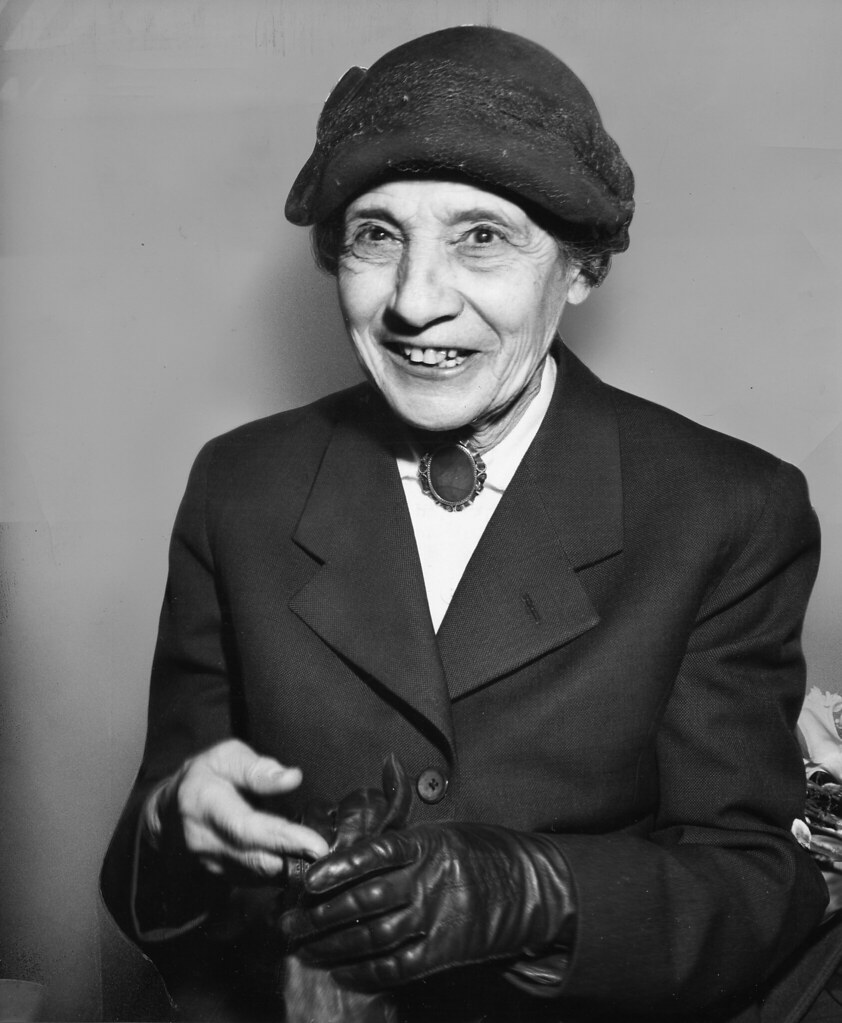
Lise Meitner discovered nuclear fission! © Credit:
IAEA Imagebank is licensed under CC BY 4.0
Shirley Ann Jackson (*1946): American physicist Shirley Ann Jackson became the first black woman to receive a doctorate from the prestigious Massachusetts Institute of Technology (MIT) in 1973. During her work at Bell Laboratories, she achieved groundbreaking research that significantly advanced the development of telecommunications. Mobile fax, touch-tone telephones, caller ID technology, solar cells, and even fibre optic cables are the result of her research.
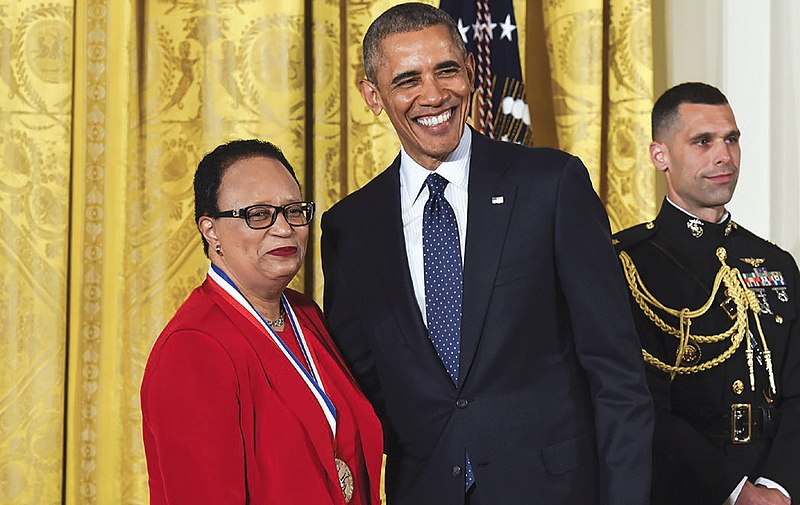
Dr. Shirley Ann Jackson – Without her, there would be no iPhone: Dr. Shirley Ann Jackson. © Creidt: 2019 Rensselaer Polytechnic Institute is licensed under CC BY 4.0
Margaret Hamilton (*1936): During the moon landing in 1969, in addition to the celebrated astronauts Neil Armstrong and Buzz Aldrin, there was a third unknown heroine: Margaret Hamilton. As an employee at the Massachusetts Institute of Technology (MIT), she developed the computer code that made the moon landing possible. She programmed the navigation software for the Apollo 11 onboard computer — 40,000 command lines printed in 17 volumes, which guided the rocket to the moon and back. The software proved a masterpiece, but the researcher was denied recognition for it for decades.
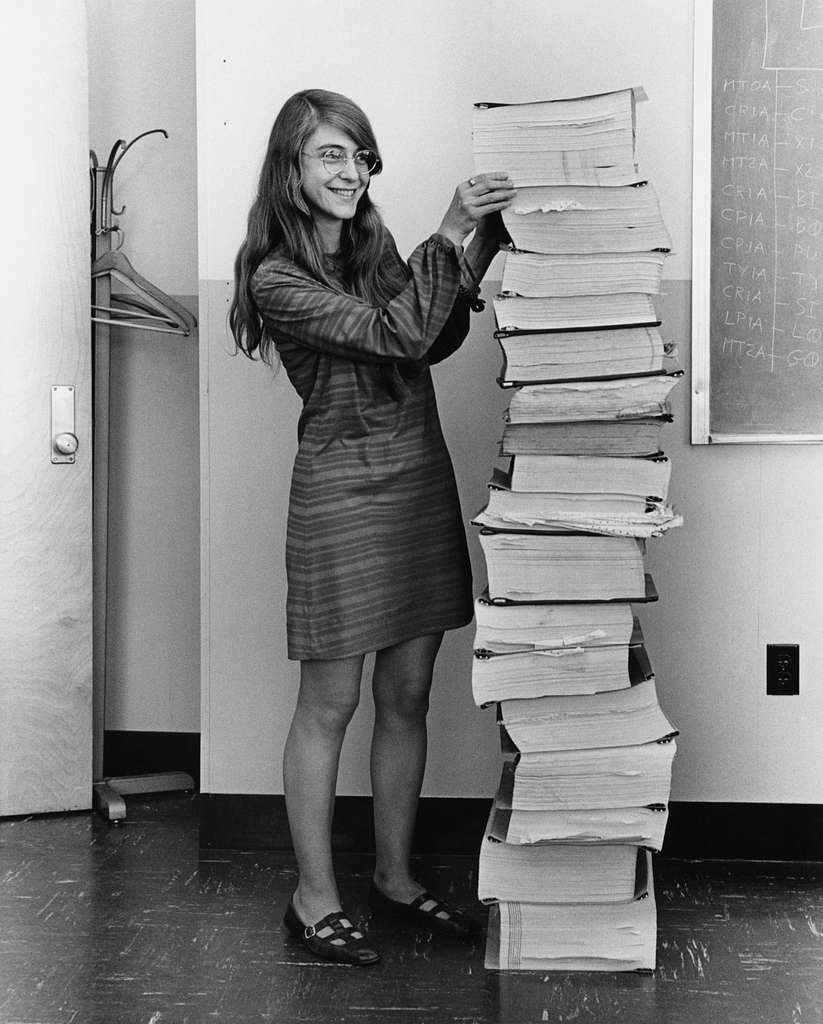
Margaret Hamilton – only she made Moon-Landing possible. © Credit: 1969 by Copyright © Credit: 2019 Rensselaer Polytechnic Institute is licensed under CC BY 4.0
Ada Lovelace (1815-1852): In the 19th century, girls and women were considered untalented in disciplines such as mathematics or natural sciences. However, some women defied this prejudice — including the Briton Ada Lovelace. The skilled mathematician wrote an algorithm in 1843, which went down in history as the world’s first computer program. Her work received high recognition in the professional world, but she herself was subjected to hostility throughout her life. A woman interested in machines and mathematics did not fit into the image of London society. Only 100 years later was the program rediscovered and republished. In the 1970s, a programming language was even named after her in recognition: “Ada”.
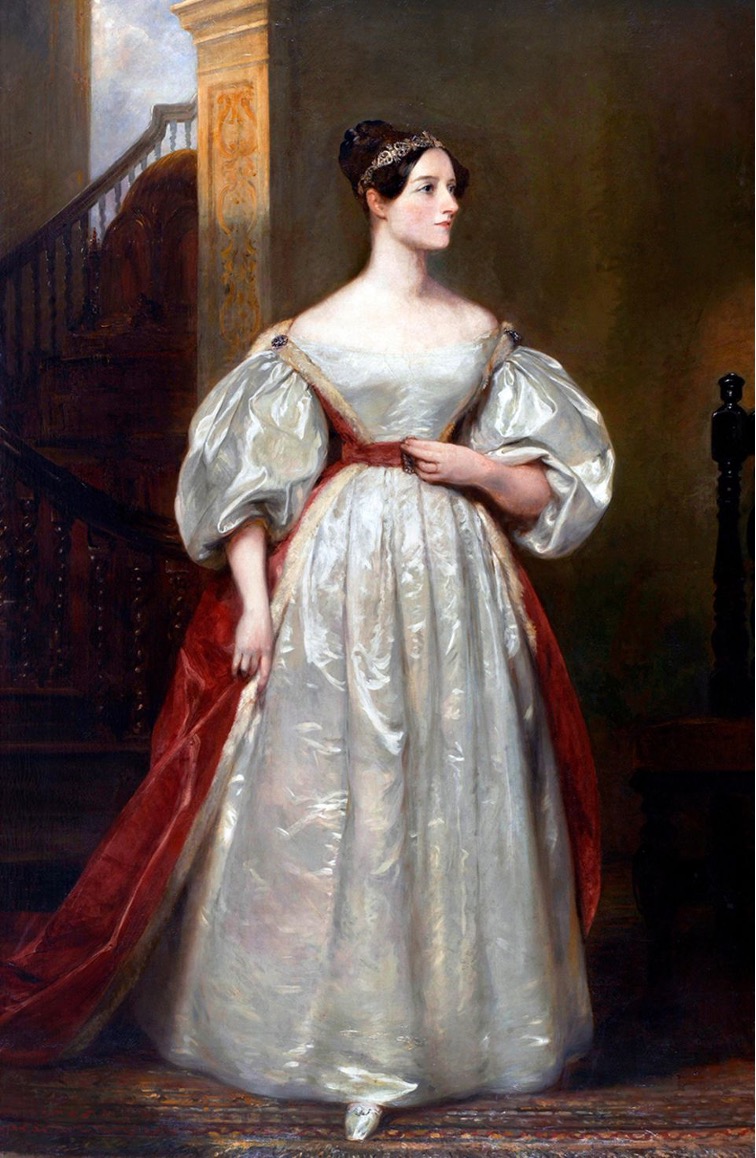
Ada Lovelace: Computer-Queen 1843. © Credit: is licensed under CC BY 4.0
And all these women, of course, also experienced failures, setbacks, and had to fight on their way to their goals. That’s part of achievements — that you achieve them. But women not only had to deal with the obligatory obstacles in their respective development processes, but also with the obligatory obstacle of men who didn’t want to accept them in their world-changing roles. And scientists behind test tubes and desks hid them and took away their stage. This wasn’t possible with queens, presidents, and chancellors any more. Labelling them as a third gender — leaders — or the even older term ‘mother of the nation’ was a delicate attempt. But terms don’t help when history speaks plainly with facts. Like with Queen Elizabeth, who shaped Britain for over 70 years. Like with Golda Meir, who held together the largest country on earth, India, for decades. Or Margaret Thatcher, who put England back on track. Mother Teresa — no words needed. Estée Lauder, who emphasized the beauty of women. Michelle Obama, the secret US president, Florence Nightingale, the mother of all nurses. Katharine Hepburn, who introduced feminism in Hollywood. Barbara Walters, Jane Austen, Marie Curie, Coco Chanel, Madeleine Albright, Virginia Woolf, and Madonna, Tina Turner, Taylor Swift, and so on and so forth. The list is endless and evokes a notorious “Oh yeah” effect. Yet, this effect isn’t necessary. We should all simply create a space in our minds. The fact that genius, inventive prowess, technical-scientific revolutions, groundbreaking state leadership, breathtaking soccer play, stunning cooking, medical excellence, and space travel are not a matter of gender comfortably finds its place. Forever.


